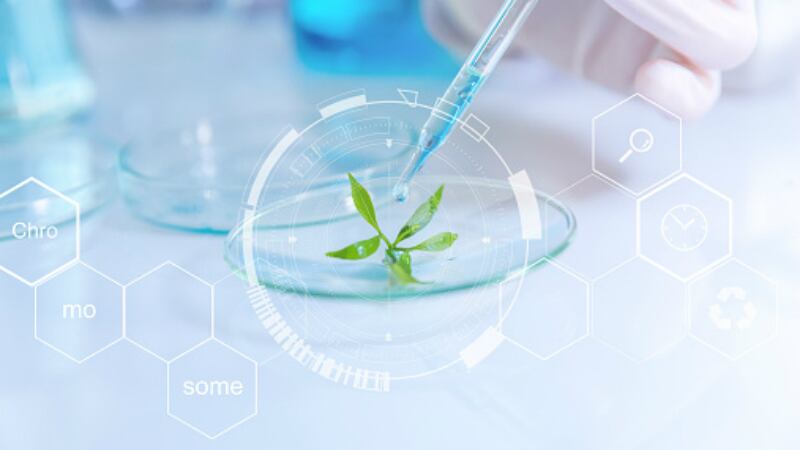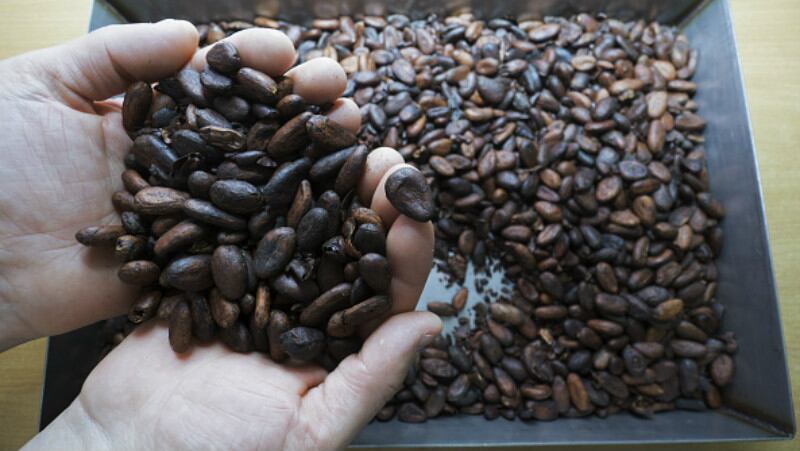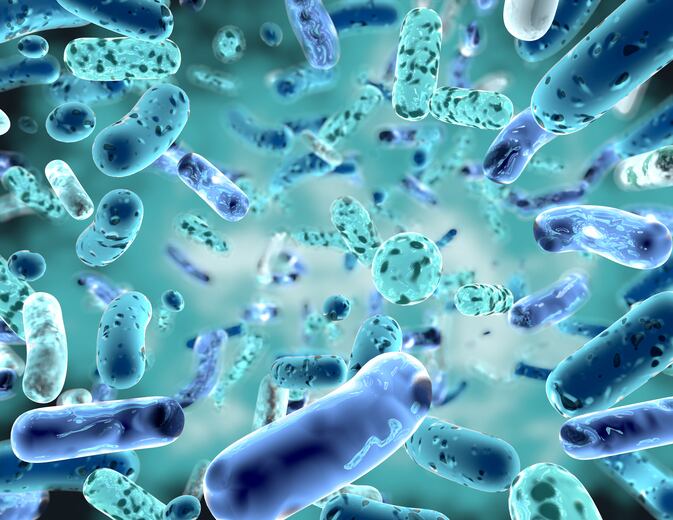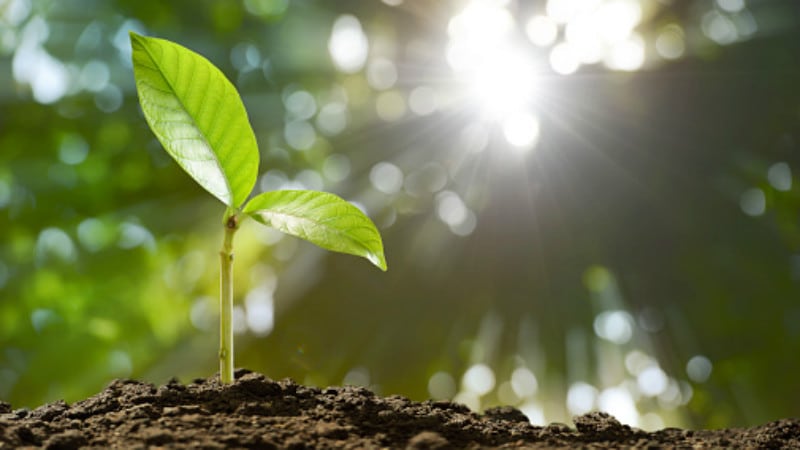White rice and diabetes: South Asians with high intake at heightened risk – large prospective study
South Asians have a higher risk for diabetes compared to other ethnic groups, according to the largest prospective study on rice and incident diabetes, covering 21 countries from five continents.
In this study, researchers compared the highest and lowest white rice intake (≥450 vs <150g/day) between the continents. Findings suggest that consuming ≥450g of white rice daily among South Asians were 61% at a higher risk for incident diabetes compared to 20% globally who consumed the same amount of rice.
Researchers said it was not only the white rice intake, but also due to low protein intake and low physical activity in South Asia which contributed to the increased diabetes risk.
Premium authentication: China expands traceability tech for high-end watermelon and rice
China is expanding the use of traceability technology to high-value, locally-unique varieties of watermelon and rice after completing a successful pilot with the well-known Weixian radish previously.
This will fall under one of its National Modern Agricultural Industrial Parks, which are part of the Chinese government’s strategy to revitalize agriculture in rural communities, with some CNY5bn (US$736.4mn) in funding already poured into the construction of over 60 of these.
The park in question is located in Hanting, Shandong, and was one of the pioneering batch. This is run by state-appointed agricultural firm RunHui, which focuses on using modern technology to upgrade park quality, along with traceability technology provider Kezzler.
“We started working with RunHui over the Weixian radish previously – this is a local specialty that Weifang city in Hanting is famous for, and even has its own national geographical indicator as an ‘identity’ of sorts for the city,” Kezzler Director of Presales & Delivery Pengfei Zhang told FoodNavigator-Asia.
Water from air: Source Global targets Gulf region for latest bottled water projects
The firm that extracts moisture from air and turns it into drinking water is eyeing projects in the Gulf to target the water scarcity issues in the region.
US-based Source Global (previously Zero Mass Water) is expected to complete its plant in Lahbab (UAE) by the end of this year, with an estimated production volume of 1.5 million litres of drinking water annually.
The firm is planning to carry out projects in Egypt and Morocco in the next 12 months. In the Middle East, it has 30 projects in UAE, Saudi Arabia, Kuwait, Lebanon, Jordan and Cyprus, with more than 2,500 hydropanels operating to produce drinking water.
Vahid Fotuhi, who is Source Global’s vice president for Middle East and Africa, told FoodNavigator-Asia that water scarcity was a serious issue in the Middle East region.
Fish and chitosan: Scientists develop novel coating to improve quality of fillets during refrigeration
Scientists have developed a novel active coating containing chitosan, tea and cinnamon extracts to improve the quality of fish fillets during refrigerated storage.
A potential natural preservative, the coating was found to reduce oxidation, inhibit bacteria, and prevent discolouration in fish fillet samples.
In addition, treated samples had a longer shelf life of 15 days with good quality parameters, compared to untreated samples (control) of just five days.
Multi-meat mimicry: Japan’s DAIZ develops new soy-processing tech to ape conventional meats
Japan-based DAIZ has developed a new form of soybean processing technology that is able to mimic multiple types of conventional meats such as chicken, pork and fish, opening up a new avenue of additive-free plant-based creations for food manufacturers.
DAIZ’s patented technology is called the Ochiai Germination Method (OGM), which focuses on using germinated high oleic acid soybeans as a base ingredient.
“The free amino acid composition of germinated soybeans has been found to [already] be similar to that of meat, and our OGM technology adjusts parameters such as oxygen, carbon dioxide, temperature, and humidity during the soybean germination process to obtain a taste composition that is [even more meat-like],” DAIZ CTO Koji Ochiai told FoodNavigator-Asia.





